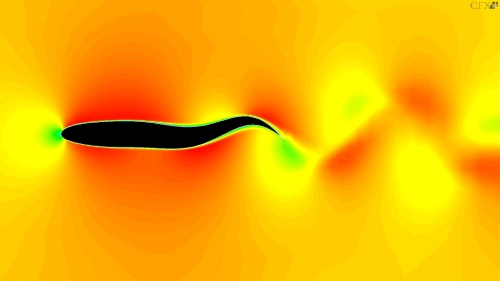How do EAPs work?
Electro active polymers convert electrical energy directly into mechanical work. An elastic membrane made of polymer material is made to deform by subjecting it to an electric field, and when the voltage is removed the membrane regains its original size and shape. Both sides a polymer film is given a very thin coating of electrically conductive graphite, to which the voltage is applied, the device then acting as a compliant electrical capacitor. The electrostatic forces cause the surfaces of the membrane to draw together, compressing the material and causing its surface area to increase.
|

